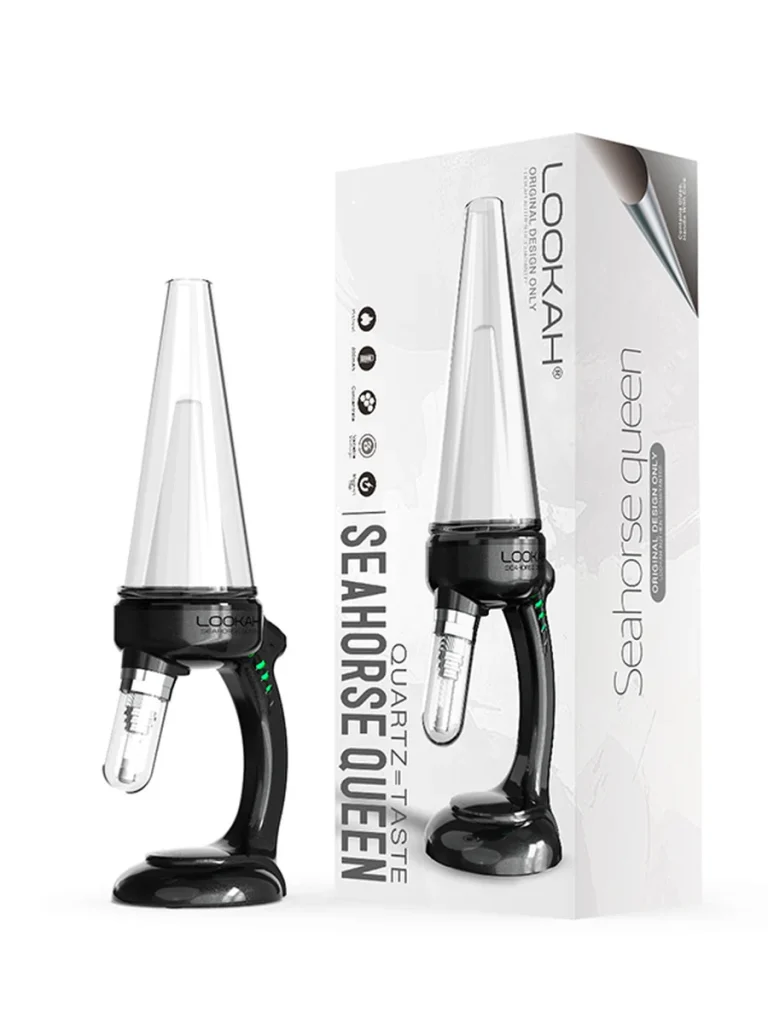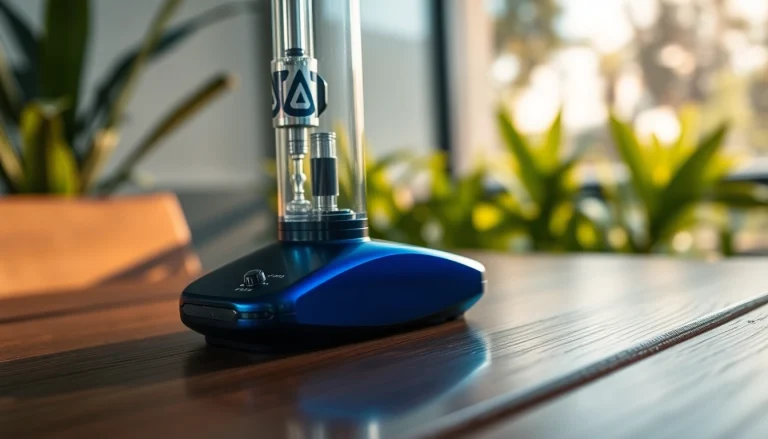Understanding Bitcoin Mining
What is Bitcoin Mining?
Bitcoin mining is a critical process in the Bitcoin network, where powerful computers solve complex mathematical problems to validate transactions and add them to a public ledger known as the blockchain. This process not only secures the network but also creates new bitcoins, making it essential for the currency’s functioning. Essentially, miners are rewarded for their computational effort with newly minted bitcoins and transaction fees, incentivizing them to participate in this decentralized network. For a more detailed examination of Bitcoin mining, it is important to understand both its foundational principles and its operational mechanisms.
The Process of Mining Explained
The mining process begins with the creation of a block of transactions. Miners compete to solve a cryptographic puzzle, known as a hash, which requires their computers to process transaction data while constantly attempting different nonce values until a specific target is met. This involves immense computational power and energy consumption. Once a miner successfully solves the puzzle, the block is added to the blockchain, and the transactions within it are confirmed.
This process is deeply tied to a protocol called proof of work, which serves to ensure the security and integrity of the Bitcoin network by making it extremely difficult to alter any aspect of the blockchain retroactively. The block time, which is the average time it takes to create a new block, is approximately 10 minutes. This delay balances the number of new bitcoins entering the market with the level of security needed to maintain blockchain integrity.
Types of Bitcoin Mining
There are several methods by which individuals can participate in Bitcoin mining, each with its benefits and challenges:
- Solo Mining: Individual miners attempt to find new blocks on their own. While this approach can lead to higher rewards if successful, it requires significant computational power and can be less profitable due to lower odds of winning the mining lottery.
- Pool Mining: Miners join forces in pools, where they share computational power and rewards. This method is more consistent than solo mining as it increases the chances of solving blocks more frequently, thereby providing smaller, but more regular payouts.
- Cloud Mining: Users rent mining power from a third-party provider, allowing them to participate in mining without needing physical hardware. This option can reduce upfront costs but often leads to less control over the mining operations and potential issues with provider reliability.
Getting Started with Bitcoin Mining
Essential Hardware Requirements for Bitcoin Mining
To embark on your Bitcoin mining journey, having the right hardware is essential. Here’s what you need to consider:
- ASIC Miners: Application-Specific Integrated Circuits (ASICs) are specialized machines designed for Bitcoin mining. They outperform traditional CPU and GPU setups significantly in terms of hashing power and efficiency.
- Power Supply: ASIC miners require substantial electrical power, necessitating a power supply unit (PSU) that can handle their demands. Look for units that are efficient, as high operational costs can eat into your profits.
- Cooling Systems: Overheating can damage mining hardware, making cooling systems vital to maintain optimal operating conditions and prolong miner lifespan.
- Networking Equipment: A reliable internet connection and network setup are crucial for effective mining operations. Miners require high-speed internet to ensure their machines can communicate efficiently with the Bitcoin network.
Software Options for Effective Mining
Selecting the right mining software is key to maximizing efficiency and profitability. Some of the most well-known software options include:
- CGMiner: One of the oldest and most popular mining software, CGMiner supports ASIC hardware and allows extensive customization.
- Poolers GUI Miner: This user-friendly software is targeted at beginners and offers a simple interface that’s perfect for new miners.
- BFGMiner: A versatile mining software that supports a variety of hardware and offers advanced features tailored for users with experience.
Setting Up Your Mining Operation
Setting up a mining operation requires not only the right hardware and software but also a systematic approach to managing everything. Here’s a concise checklist to follow:
- Choose the right mining pool if you opt for pool mining. Research to find one that offers reasonable fees and reliable payouts.
- Install the mining software on your computer or dedicated server, configuring it to connect to your chosen mining pool.
- Set up a Bitcoin wallet to receive your mined bitcoins. Ensure you use a secure wallet that you have control over.
- Regularly monitor your mining performance, accounting for factors like electricity consumption, hardware efficiency, and payout schedules.
Evaluating Mining Performance
Key Metrics in Bitcoin Mining
To gauge the profitability of your mining operation, keep a close eye on the following metrics:
- Hash Rate: This represents the number of calculations a miner can perform per second. Higher hash rates correlate to better mining efficiency.
- Mining Difficulty: This adjusts approximately every two weeks based on total network hash rates to ensure that blocks are mined at a consistent rate. An increase in difficulty can affect profitability.
- Energy Consumption: The cost of electricity is a major factor in mining profitability. Efficient miners will regularly assess energy consumption versus earnings.
Common Challenges and Solutions
As you embark on your mining venture, be prepared for potential challenges. Here are some prevalent issues along with possible solutions:
- High Electricity Costs: To combat rising energy expenses, consider geographic locations with cheaper electricity or explore renewable energy sources.
- Hardware Failures: Regular maintenance and monitoring can prevent significant losses; always have backup hardware ready to reduce downtime.
- Market Volatility: Bitcoin’s price can fluctuate dramatically. Consider hedging your investments or diversifying your mining strategies to mitigate risks.
Performance Optimization Techniques
To ensure your investment remains profitable, consider these performance optimization techniques:
- Overclocking: Tuning your miners for higher performance can increase output, but monitor temperatures to avoid damaging hardware.
- Mining Pool Selection: Choosing pools with lower fees and better payout structures can significantly affect profitability.
- Regular Upgrades: Keep your mining software and hardware updated to take advantage of the latest performance improvements and security patches.
Advanced Bitcoin Mining Strategies
Mining Pools: Pros and Cons
Mining pools aggregate the efforts of many miners to increase the chances of successfully adding blocks to the blockchain. Here are the pros and cons:
- Pros:
- Stable income through regular payouts, as opposed to the variability of solo mining.
- Lower barriers to entry, allowing smaller miners to participate effectively.
- Cons:
- Fees may be deducted from your earnings, impacting total profitability.
- Payouts are less dramatic; smaller miners might receive consistent, but smaller rewards, leading to slower overall earnings.
Cloud Mining vs. Traditional Mining
Cloud mining allows individuals to rent hashing power from data centers without owning hardware. Here’s a comparison of cloud mining and traditional mining:
- Cloud Mining:
- Less initial investment as you don’t need to purchase expensive hardware.
- No need for ongoing maintenance or monitoring of hardware.
- Risk of scam or unreliable service providers.
- Traditional Mining:
- Full control over your mining equipment and profitability.
- The potential for greater profit if managed efficiently.
- Higher barrier to entry due to the upfront investment of equipment and electricity costs.
Long-term Strategies for Profitability
For sustained profitability in Bitcoin mining, consider adopting long-term strategies:
- Diversification: Consider mining other cryptocurrencies in addition to Bitcoin to hedge against market volatility.
- Scaling Up: As profits increase, reinvest in more efficient hardware or expand into larger mining operations.
- Monitoring Trends: Stay informed about upcoming Bitcoin halving events, regulatory changes, and new technologies to optimize your strategy accordingly.
The Future of Bitcoin Mining
Emerging Technologies in Mining
The mining landscape is constantly evolving, with new technologies emerging that could redefine the current practices. Innovations such as:
- AI and Machine Learning: Utilizing AI to predict mining trends and optimize energy usage can enhance profitability.
- Quantum Computing: While still in its infancy, quantum technology could revolutionize hashing power, significantly impacting mining efficiency.
- Hardware Improvements: The continuous development of more efficient ASIC miners can reduce energy consumption and increase profits for miners.
Regulatory Impacts on Bitcoin Mining
The regulatory landscape is a critical factor influencing Bitcoin mining. Various jurisdictions around the world are continuously developing frameworks to address the environmental impact, energy consumption, and financial implications:
- Some regions offer incentives for sustainable mining practices, while others impose restrictions or outright bans.
- Staying compliant with local laws can affect operational decisions, including the choice of location and mining techniques.
Eco-friendly Mining Practices
As environmental concerns regarding Bitcoin mining grow, eco-friendly practices are becoming increasingly important. Here are some strategies for sustainable mining:
- Utilizing Renewable Energy: Miners are increasingly seeking renewable sources like solar, wind, or hydroelectric power to offset their carbon footprint.
- Energy Efficiency: Investing in energy-efficient hardware and cooling systems can significantly reduce overall or consumption and improve long-term profitability.
- Recycling Waste Heat: Utilizing excess heat from mining rigs for heating buildings or agricultural greenhouses can create additional revenue streams and further enhance sustainability.












